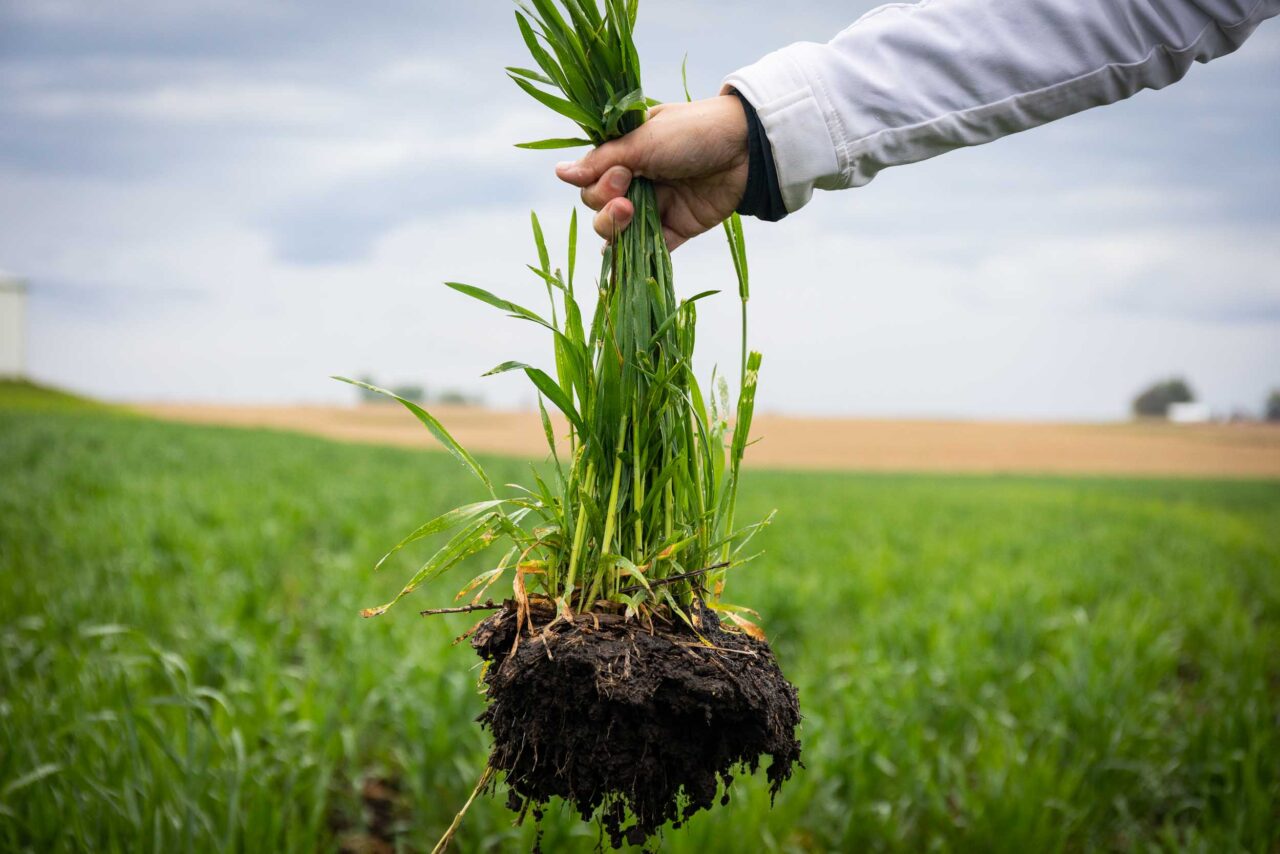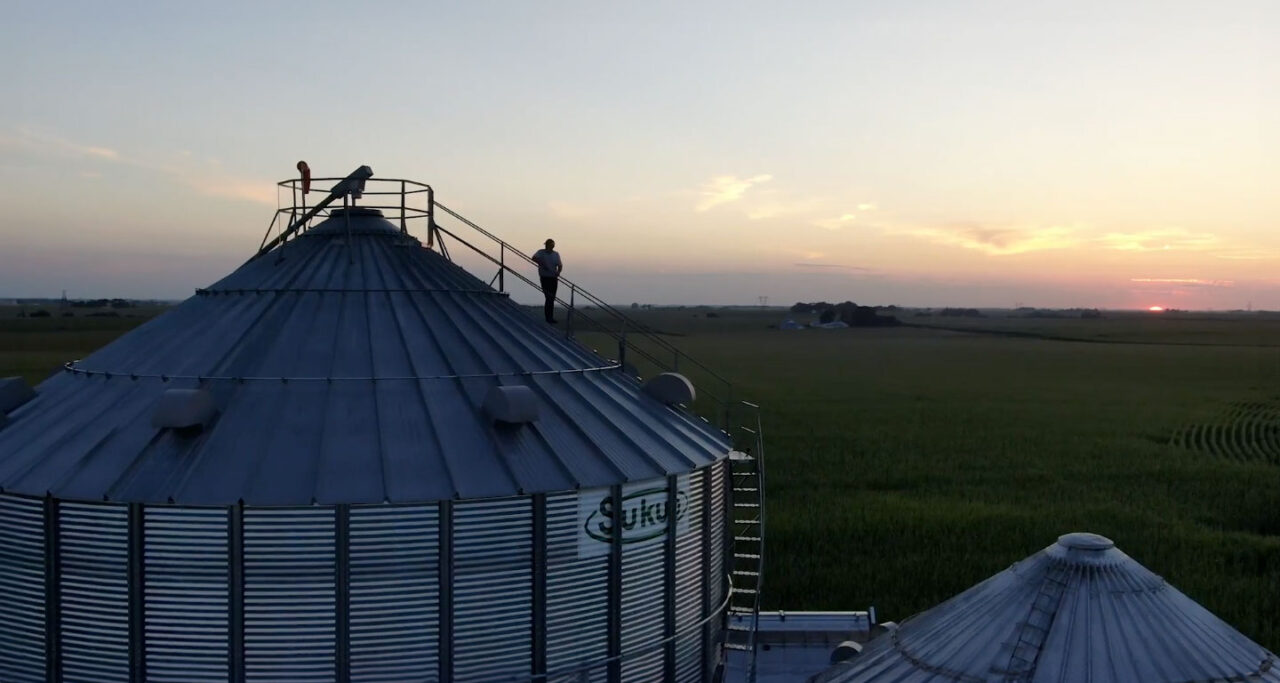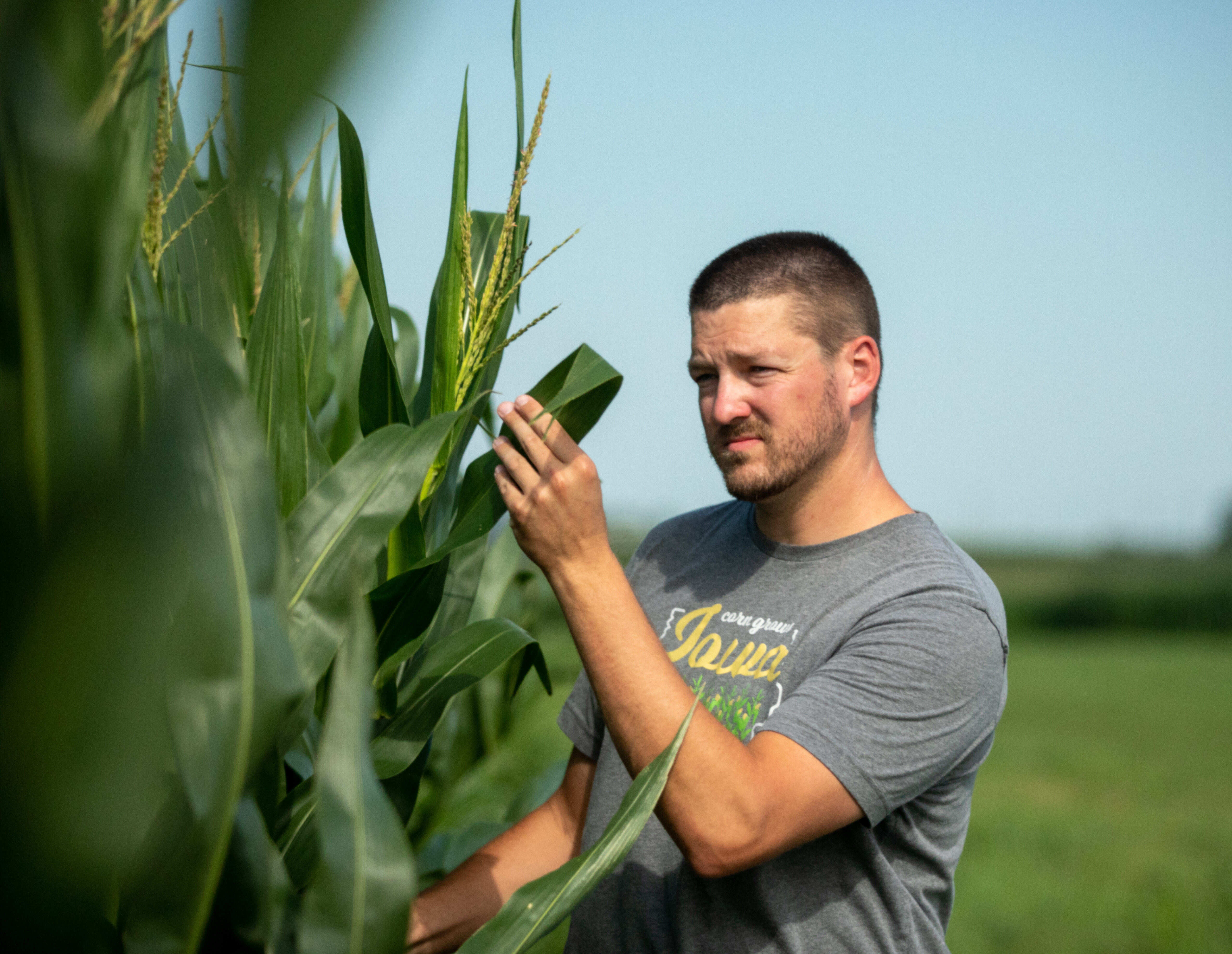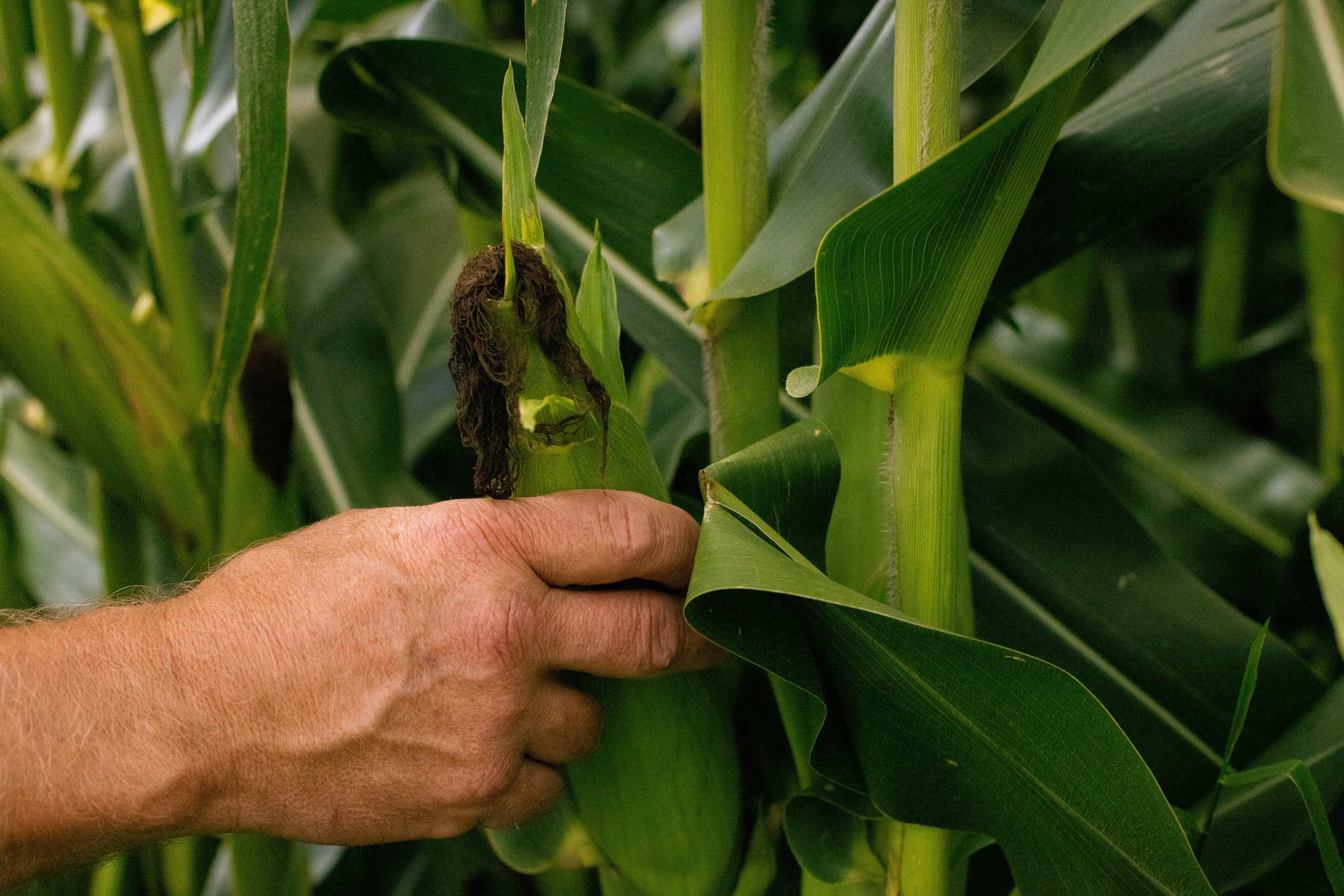Research for Sustainable Corn Farming
Iowa corn farmers lead the way when it comes to improving their soil and water quality, all while continuing to meet the growing demand of corn to feed and fuel the world. The Iowa Corn Promotion Board (ICPB) funds and leads on research that will help farmers meet this growing demand.
Sustainability and Conservation Practices
Every farm is unique, and there is not a one-size-fits-all solution. That’s why Iowa’s corn farmers use a variety of conservation practices to ensure the best use of soil and water resources to reduce nutrients in water and ensure their long-term ability to farm. What is best for a particular farm depends on many factors, so a variety of practices are used to maximize results.
Stewardship Advocate
Stay up to date on the latest insight and information regarding soil health, conservation and water quality in the Stewardship Advocate e-newsletter. This monthly newsletter shares timely information on stewardship topics impacting your farm and bottom line.

Nitrogen Use Efficiency
Nitrogen fertilizer has become more expensive in recent years, adding significant cost to corn production. The Gulf Hypoxic Task Force and the Iowa Nutrient Reduction Strategy have called for a 45% reduction in fertilizer in the water. ICPB is conducting research on nitrogen use efficiency and partnering with groups such as Iowa State University on the Iowa Nitrogen Initiative.
The key objectives of this research are to:
• Increase corn yield using the same amount of nitrogen.
• Achieve the same yield using less nitrogen.
• Utilize ICPB proprietary genes to commercialize new traits.
• Reduce the cost of production by improving nitrogen use efficiency.
• Improve the environmental footprint of crop production.
Increasing Corn Productivity Through Phenotyping
Meeting future corn production challenges and demands will require the development and management of corn hybrids that perform well in spite of increased weather variability. To address this challenge, an ambitious wide-scale plant phenotyping (trait measurement) initiative was launched to expand our understanding of the interacting roles of corn genetics with crop environments on corn performance. ICPB’s investment in this effort will help us better understand how corn genes translate into traits of economic importance (e.g., yield, drydown, standability) and improve crop productivity.
The key objectives of corn phenotype research are to:
• Develop a public corn phenotype database to allow study of mechanisms by which genes interact with the environment to influence traits.
• Develop new methods and devices to analyze the relationship between genetic, trait and environmental data to predict performance of plants.
• Be able to predict the growth and yield of a corn plant given the genetic background and the environment.
• Convert the corn genome sequence into functional knowledge.
• Provide management advice to farmers on specific hybrids.
In addition, the Iowa Corn Growers Association (ICGA) also plays an active role in advocating and lobbying for federal research funding for this avenue of research. ICGA has been successful in obtaining funding for Genomes to Fields in the USDA-ARS budget, and getting the Agricultural Genome to Phenome Initiative into the 2018 Farm Bill with subsequent funding appropriations totaling $6.5 million to date.

Landowners Trust Tenants to Care for Their Land
Nothing is more precious to farmers than soil. When tenants utilize the trust they’ve gained with Iowa’s nonoperating landowners by initiating discussions about adding conservation practices where they are needed, the soil and Iowa’s natural resources are protected for generations to come.
Explore additional resources on starting conversations with landowners about adopting conservation practices.

Iowa Corn Grower Guides
Explore our educational guides with topics ranging from microbial products to carbon markets to farm data so you can make smart, informed decisions for your farm.
Projects and Partners
Iowa Corn is proud to support and collaborate on a number of production and environmental initiatives with diverse partners to help improve Iowa’s land and water. A few partners and projects include:
- Iowa Nutrient Reduction Strategy
- Iowa Agriculture Water Alliance (IAWA)
- Iowa Nutrient Research & Education Council (INREC)
- Clean Water Iowa
- The Council for Agricultural Science and Technology (CAST)
- Iowa State University Plant Science Institute
- National Corn Growers Association (NCGA)
- North American Plant Phenotyping Network (NAPPN)
- United States Department of Agriculture – Agricultural Research Service (USDA-ARS)
- United States Department of Agriculture – National Institute of Food and Agriculture (USDA-NIFA)

